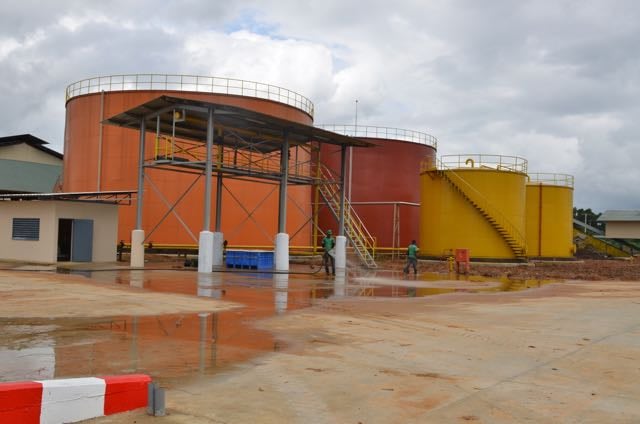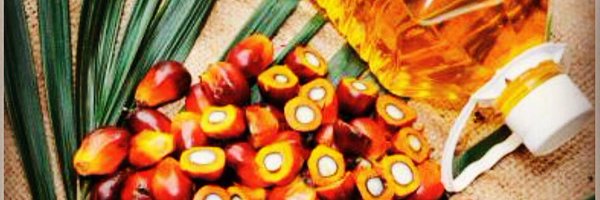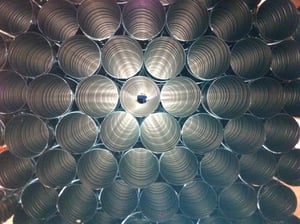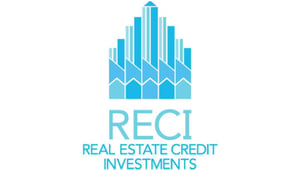Dekel Agri-Vision plc (LON:DKL) Executive Director Lincoln Moore caught up with DirectorsTalk for an exclusive interview to discuss numbers from their latest production update, exporting PKO, planned maintenance, crude palm oil prices and what investors should expect over the coming months.
Q1: Lincoln, another good set of numbers publish today, can you just talk us through the highlights?
A1: Dekel Agri-Vision just published our monthly November production for the palm oil business, we’ve had really a good momentum over the last few months on the production side of things, but this was certainly a standout month for us.
So, 74% increase in production compared to November last year really is an excellent outcome and highly promising as we head towards the end of the year and the high season next year.
This, coupled together clearly with continued strong pricing in our palm oil and improving pricing in our palm kernel oil is clearly meaning that this year’s results are going to be materially higher than last year’s. So, a really strong finish to the year we hope and we have much to look forward to in the next period ahead.
Q2: Now, you mentioned exporting PKO, can you just provide a bit more detail on that for us?
A2: Just in terms of background, all our product, our palm oil and our palm kernel oil has always traditionally been sold at the factory gate, which is a very convenient way for us to sell, in terms of limiting logistics and also of course, the cost of selling the product.
In recent times, internationally, there’s been a bit of been volatility on many commodities and one sort of quirk that’s appeared is the international price of palm kernel oil is clearly materially higher than the local price. So we’ve been looking for ways to sensibly look at export options to take advantage of the international price.
So, we’re in the process now of starting an export flow of our palm kernel oil, which would allow the price that we’re selling at to be higher than what we’re achieving locally. We’re still very much in a test space, but looking to continue that relationship, and that would mean selling the product within regional West Africa at better prices.
So, it’s a good time to get that in place, of course, with thee next high season approaching, we hope this will be a reasonably material part of our sales, particularly on the palm kernel side.
Q3: You’ve also touched on the fact that you are heavily involved in the maintenance period, is there anything specific that you’ll be doing other than the normal maintenance?
A3: Every year we do two things. One is to assess what CapEx or spare parts are needed, this normally takes place early in Q2, obviously to allow time for shipments and then there’s a standard maintenance programme that takes place typically over Christmas, in the first week or two of January just before the high season starts.
One area we looked at this year, the extraction rate was 21%, but I think our mill can traditionally extract at over 22% so we have ordered a new decanter so it helps within our oil oral separation process. It’s not a significant investment, about €130,000, but we’re hoping that can assist us to move the extraction rate higher than it was this year so it’s quite significant.
If this year we did 21% extraction rate and we can lift it to 22%, you’re talking about €2 million of additional cash flow, so that’s going to be a huge focus in the high season next year and hopefully another reason for another uplift in our results next year.
Q4: How is the crude palm oil price looking at the moment?
A4: It’s continuing to be very strong. The international prices have been north of around about $1,250 to $1,300 a tonne for some time now, stock remains relatively tight worldwide.
Asia, where 80% of palm oil comes from, is currently in their low season, they’ll move back into high season around about March or April, there’s already concerns about labour shortages for harvesting due to the ongoing concerns with COVID so supply remains quite tight.
Most analysts prevailing view is that we will see strong palm prices for the majority of 2022 so obviously that bodes well, we think the prices that we’re achieving now €900 euros to €950 are very achievable in the current high season.
So, these are great prices for us and can actually push to an even more improve result in the palm oil business in 2022, which is shortly arriving.
Q5: You mentioned that you’ve got a busy six-week period ahead of you, what else should investors be looking out for from Dekel Agri-Vision over the coming months?
A5: To finish off on the palm oil, the, the high season start in earnest around about 10th to 15th January so that will be a key first month. The prices that we were achieving that time last year were materially lower than what we are achieving now so from the pricing side of things, we will be significantly ahead of where we were January last year and hoping to build into the high season. As I, as I mentioned, extraction rate could be a significant contributor to an improvement in results.
So those two factors alone on the palm oil business can see us improve, I think, materially on 2021, which was already a fantastic year. We looked to break revenue records in 2021 and, and based on current pricing, I see no reason why that can’t be broken again in 2022. So high season starting within 5-6 weeks is something to really watch and the extraction rate build through the heart of the high season, through to March and April is something that’s critical for shareholders to watch.
At the same time, of course, the second project coming on stream which is the cashew processing plant at Tiebissou. We’ve announced the market that we are very optimistic of first production by the end of this month, I think with the challenges that have already been mentioned in terms of global logistics and some of the bits of the machinery getting across, we’ve supplemented locally and we will be starting a ramp up phase, I think, in January. So start production at maybe 30/40% of its capacity and hopefully by the end of February, moving to full capacity. The parts that were trying to bring in, some of it are coming by air, but some by ship so arriving some in January and some in early February so I think we can expect first production by the turn of the year.
That’s clearly the next leg of our revenue growth in 2022 and it should have a significant impact on the group’s profitability moving forward. So, 6-8 weeks is going to be an interesting time for shareholders to watch as these two items are ticked off.









































